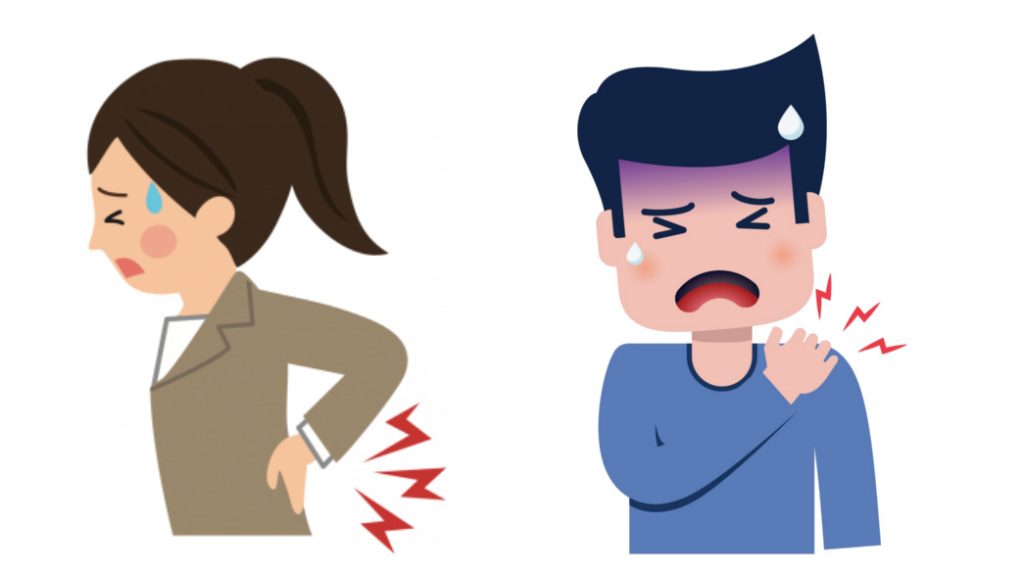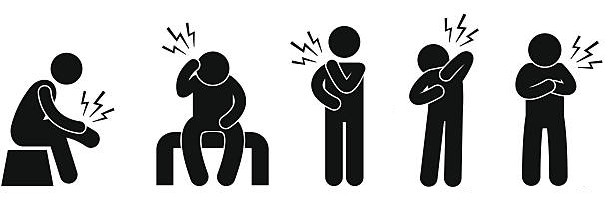- Free Consultation: 801-810-7673 Tap Here to Call Us
When Does an Acute Injury Become Chronic?
An acute injury is a sudden one, while chronic injuries develop over longer periods of time. Typically the cause of an acute injury is readily apparent. For example, broken bones in your hand due to it getting crushed in machinery. The cause of a chronic injury is often less obvious. For example, lingering neck pain due to an awkward position you had to maintain while working for several years.
Many workers similarly suffer repetitive stress injuries caused by the repeated motions of their jobs. Though there may not be a singular big accident they can point to for a date of injury, they can nonetheless make a workers’ compensation claim. They will still need to determine a starting date for their injury, however. This will typically be the date when the injury becomes too much for the worker to handle the pain, or the point when the injury finally keeps the worker from being able to reasonably perform the duties of the job.

Types of Chronic Injuries
In workers’ compensation, injuries can also be defined as either acute or chronic based on how long you have continually experienced the pain or discomfort of the injury. Here is a chart that shows how different types of injuries can be classified as one or the other:
| Injury | Acute | Subacute | Chronic | Source |
| Back Pain | under 6 weeks | 6-12 weeks | over 12 weeks | Link |
| Shoulder Pain or Injury | under 6 weeks | 6-12 weeks | over 12 weeks | Link |
| Shoulder Fracture or Dislocation | “a onetime traumatic episode” | “multiple recurrent dislocations” | Link | |
| Rotator Cuff Tear | under 3-6 months | over 3-6 months | Link | |
| Ankle Pain | under 6 weeks | 6-12 weeks | over 12 weeks | Link |
| Knee Injury (Meniscus or ACL) | under 2 weeks | 2-6 weeks | Subchronic: (under 6 weeks) Chronic: repeated episode of knee joint twisting or instability | Link |
| Wrist Sprain or Trauma | specific injury | not caused by a traumatic event | Link | |
| Elbow Injury | under 3 months | 3-6 months | over 6 months | Link |
| Achilles Tendinopathy | under 2 weeks | 3-6 weeks | over 6 weeks | Link |
| Migraine | When it falls short of chronic definition → | 15 or more headache days per month for 3 months, with at least 8 including migraine symptoms | Link |

What to Do if You Experience Chronic Pain
Chronic pain can take a variety of forms. For some people it involves persistent symptoms that get in the way of their daily routine, such as numbness or a dull ache. For others it can involve more severe reactions from the nervous system, potentially well after the associated injury or illness has otherwise healed. Chronic effects can also be mental or emotional in nature. You should see a doctor who can diagnose your condition to determine what type of chronic pain you are suffering.
If the chronic pain you are experiencing is the result of the work tasks you perform on the job, you may be entitled to workers’ compensation benefits. This can alleviate the costs of medical bills and physical therapy, and help reimburse you for the days you miss work. After you file your workers’ comp claim, your adjuster will have to decide whether to accept or reject it. But in the event your claim is denied, you can still apply for a court hearing—and a Rose Legal workers’ compensation attorney can help. To learn more about navigating workers’ compensation for your chronic injury, click here to schedule a free consultation with an experienced lawyer.







